Reflecting on the 2019 edition of Cersaie, the Italian trade fair dedicated to cladding and bathroom furniture, we can say that, in spite of the abundance of technical materials with a host of features, wood remains the most admired and coveted material. However, inexplicably, prejudice against using it in bathrooms, which can be damp, is still common. And yet some types of wood have been widely used for centuries to build boats: why are we so wary of using it in bathrooms?
Both solid wood and veneered versions can be used for bathroom floors and furniture (also for accessories, as you can read in this post), if it is duly waterproofed. However, this doesn’t mean that it can be neglected; the surface is more delicate than other materials and requires care.
Bathroom furniture with wooden tops: see the trend
Let’s think about the advantages and disadvantages, especially regarding bathrooms.
PROS: the unbeatable advantages of wood (in the bathroom, too)
- warmth: it’s well-known that no other material can give the same sensation to the touch;
- scent: wood stimulates the nose, besides touch (and in turn imperceptibly absorbs odours over time,);
- aesthetics: the surface of natural wood is unique and unrepeatable: grain, imperfections, small holes and colour differences are all details that make a wooden surface inimitable.
- exclusiveness: some species bring unbeatable elegance and value to furniture items, especially when crafted by expert hands.
CONS: the typical aspects of a living material
- wood changes over time, changing colour (imperceptibly) and shape as it adapts to the degree of damp and light in the room;
- if not treated, it absorbs water and humidity, with the risk of permanent damage;
- cleaning requires special delicate products and a little extra attention (e.g. teak needs brushing to keep it intact);
- it is not the right choice for those who have no time to dedicate to its care.
The Cubik collection, for example, is a collection of bathroom furniture that pays homage to the most natural, almost rustic, species of wood; living matter that tells a story with its surface, knots and grain, connected with the earth and the passing of time.
At the recent edition of Cersaie, an area of the Ideagroup stand displayed this material, presented in compositions featuring different aesthetics and styles.
Rovere Cadore (Cadore oak): an oak species typical of the Belluno Cadore area, a material that revives the traditions and passions of a place that has symbolic ties to wood. Intense shades and dark grain bring a classical touch to the minimalism of a modern collection like Cubik.
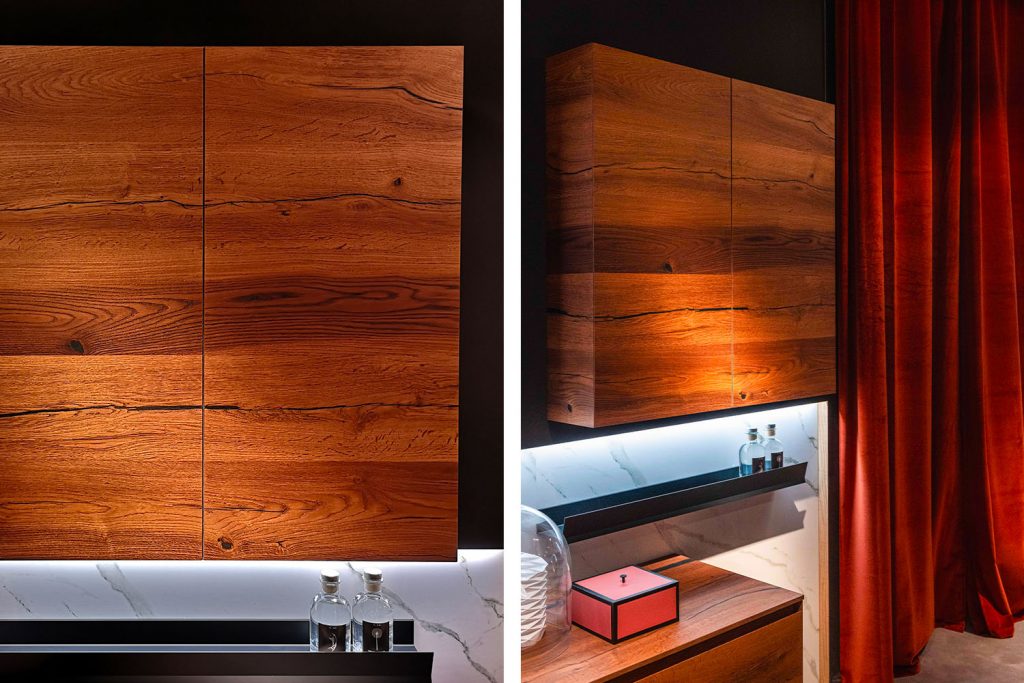
If you weren’t at Cersaie, here are some pics from our stand!
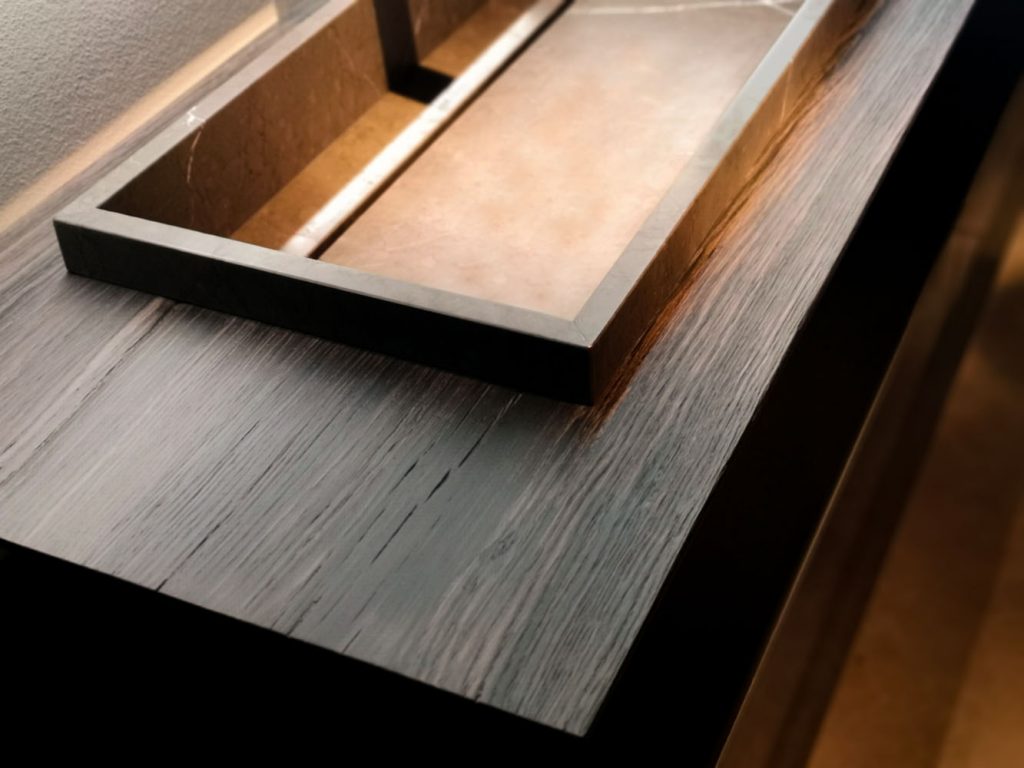
Rovere Fossile (Fossil oak). A strong contrast between fossil wood – whose colour and timeworn look tell the story of a place – and the black steel washbasin.
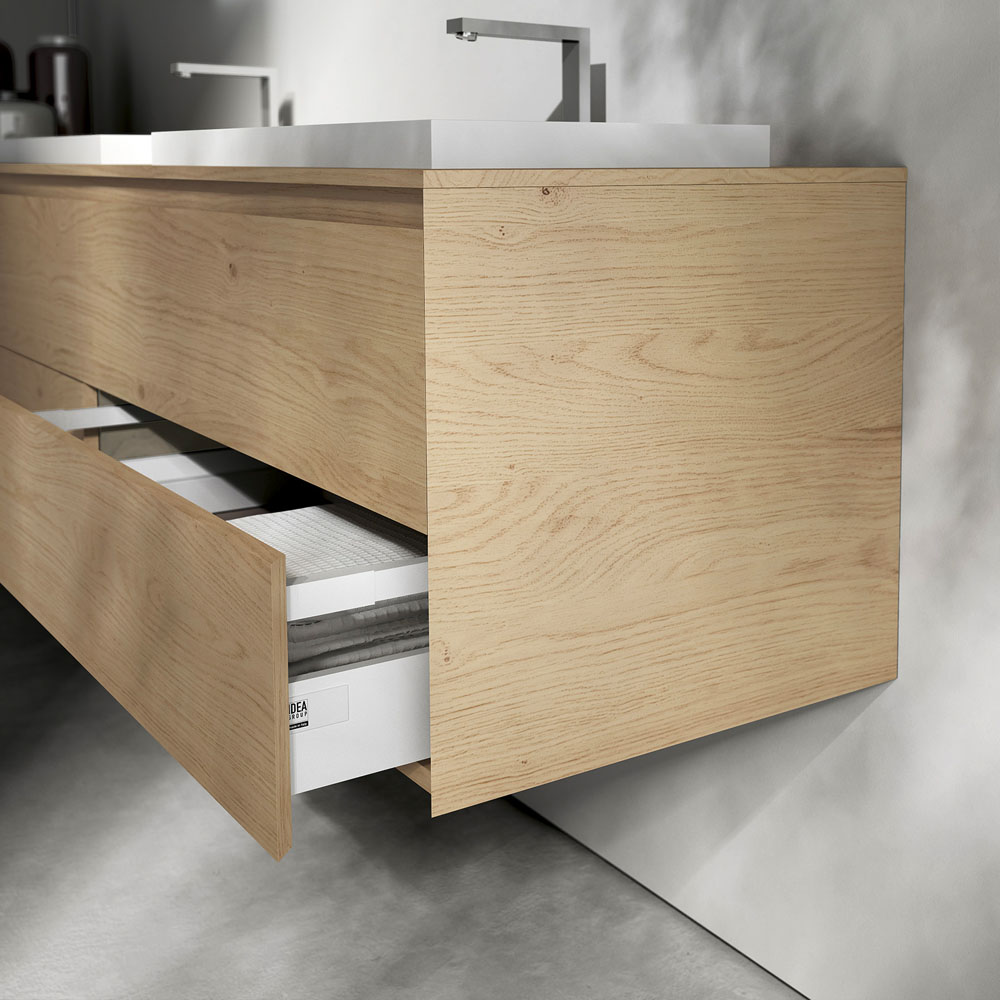
Oak is one of the most popular species, also in bathrooms, due to its versatility and easy coordination with any interior décor. Classical, modern, Scandinavian or rustic, oak fits harmoniously into any of these ambiences. For example, here Cubik in natural oak appears in a home version for daily use.
Further inspiration for your bathroom furniture in wood?
Cubik is not the only collection of modern bathroom furniture that highlights the naturalness of wood. Below is a series of photographs showing different species and finishes, which will surely show you the most suitable one for your bathroom.
TEAK: Because teak is particularly durable, it is considered mainly suitable for use outdoors (Do you know it? This post provides information about this type of wood, where it comes from and how to take care of it in interior decoration projects).

Wood or Fenix? Be inspired by the solutions provided by Sense
ABETE (FIR). Fir wood, with its characteristic knots and grain that give a Scandinavian touch to your decor, can also be used for bathroom furniture, including vanity unit tops.
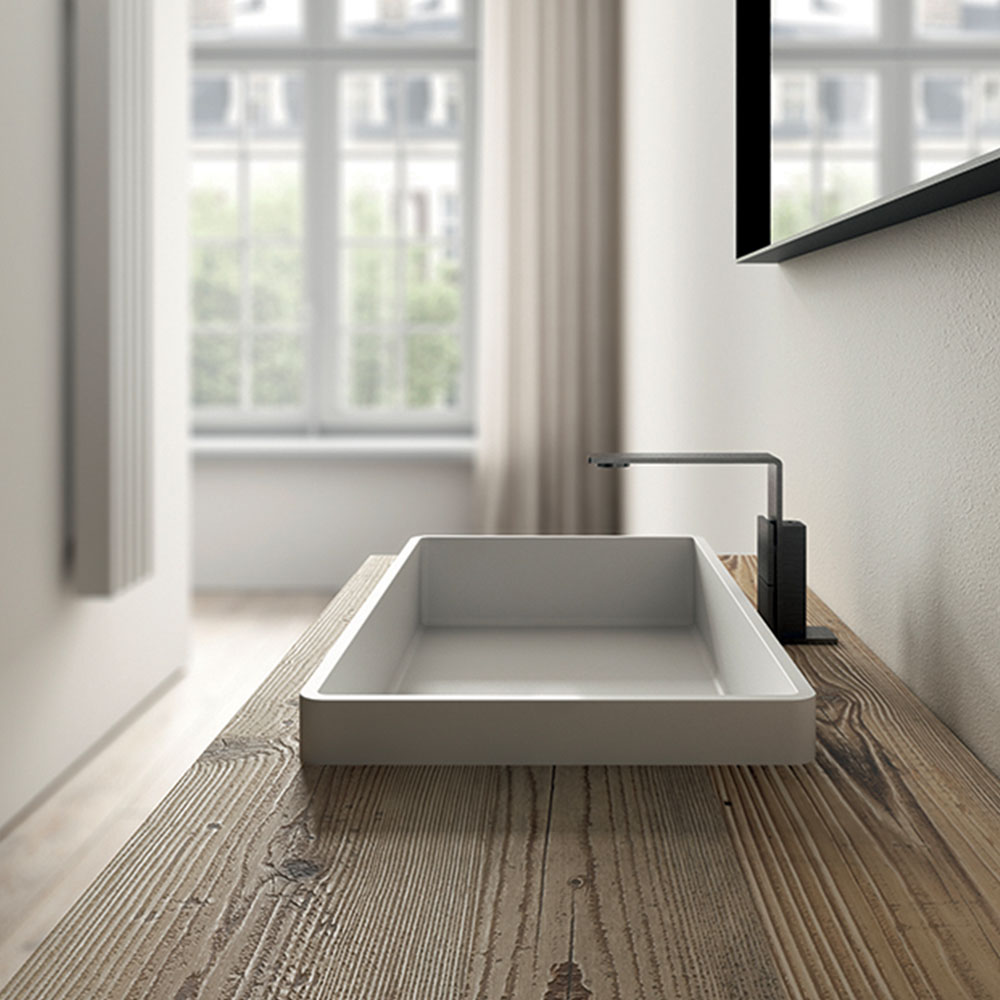
Like this style? Take a look at the solutions by Dogma

If you like just the look of wood?
Because wood is a living material that needs care and attention, it’s not what everyone wants. If you appreciate its texture but think a more practical material is better for your bathroom, or want to spend less, there are many valid alternatives with surfaces similar to wood (with the knots, colours and grain of the natural species realistically reproduced). The most popular are wood-effect ceramics and HPL laminates, also used for designer washbasins.
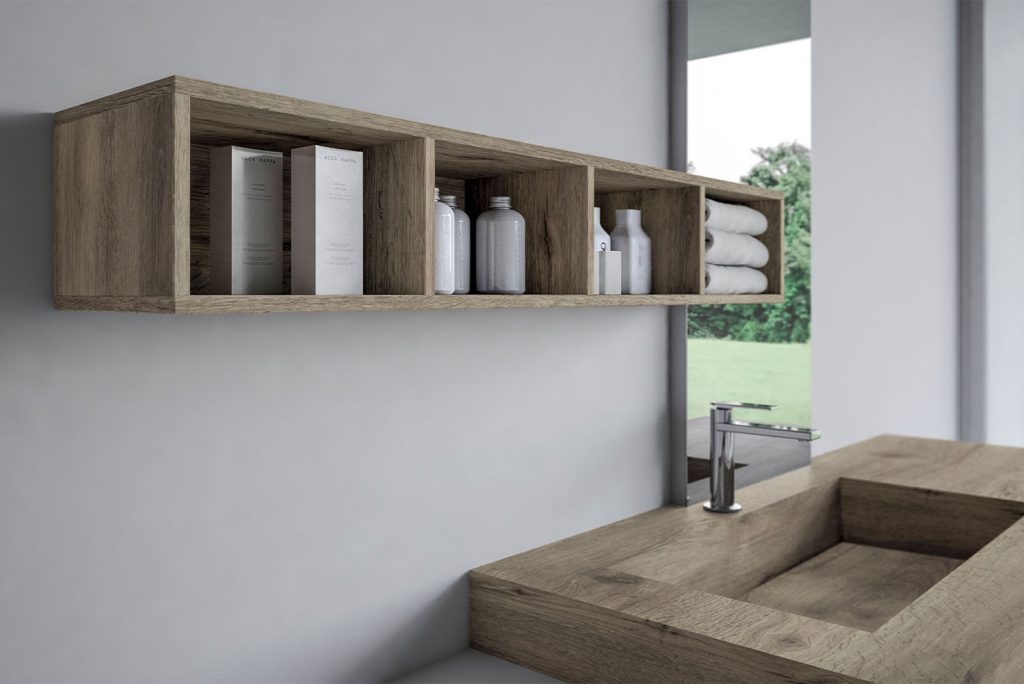
Do you think Nyù suits you better? See here.
MAINTENANCE
With regard to maintenance of wooden furniture in the bathroom, just a little more attention is enough to keep them in good condition over time: not intact, but still attractive. Because, as we said, wood is living matter and as such will change with you and your home. It is advisable to always dry water drops and splashes immediately so that they cannot infiltrate the wood. Bear in mind that not all detergents can be used for cleaning: apply a soft cloth with a non-abrasive, neutral detergent in the direction of the grain, followed by a damp cloth to remove residual detergent, and then dry the surface.
SeIf you’re still not convinced, come and examine our wooden bathroom furniture hands-on: pop into your nearest showroom!

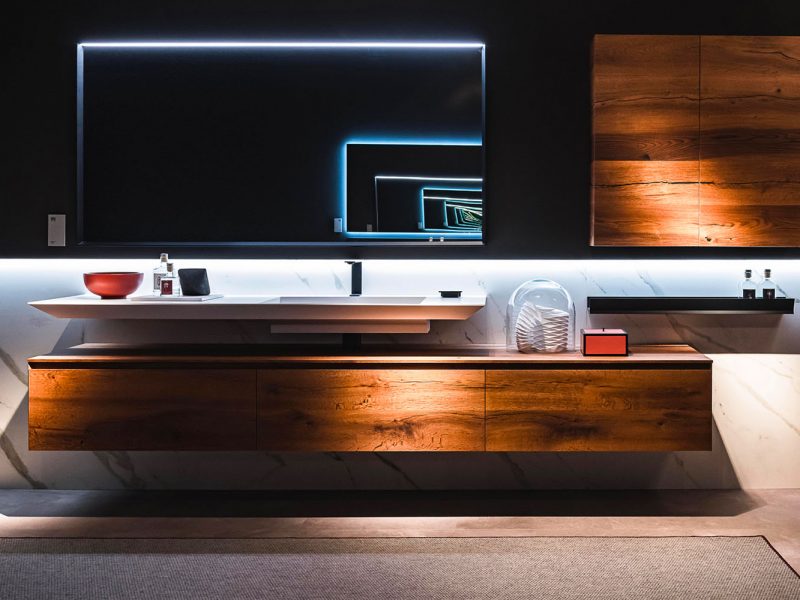
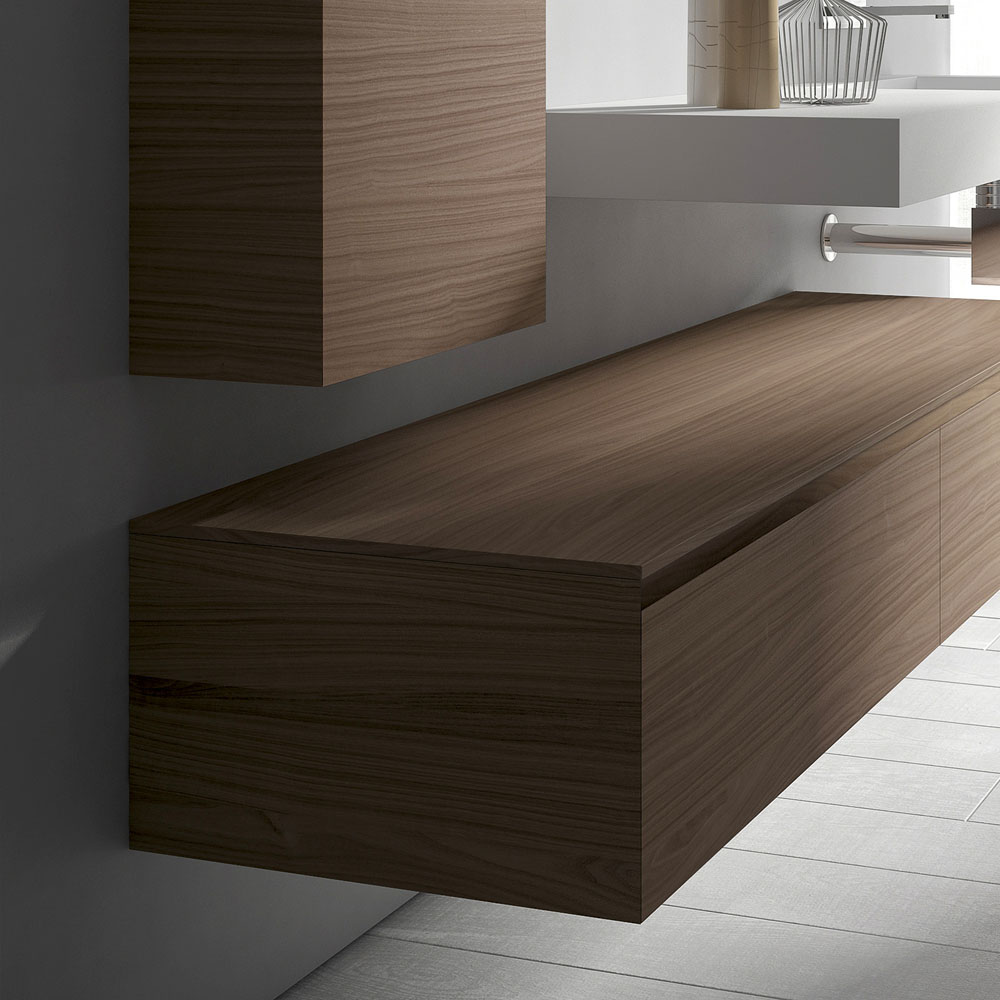
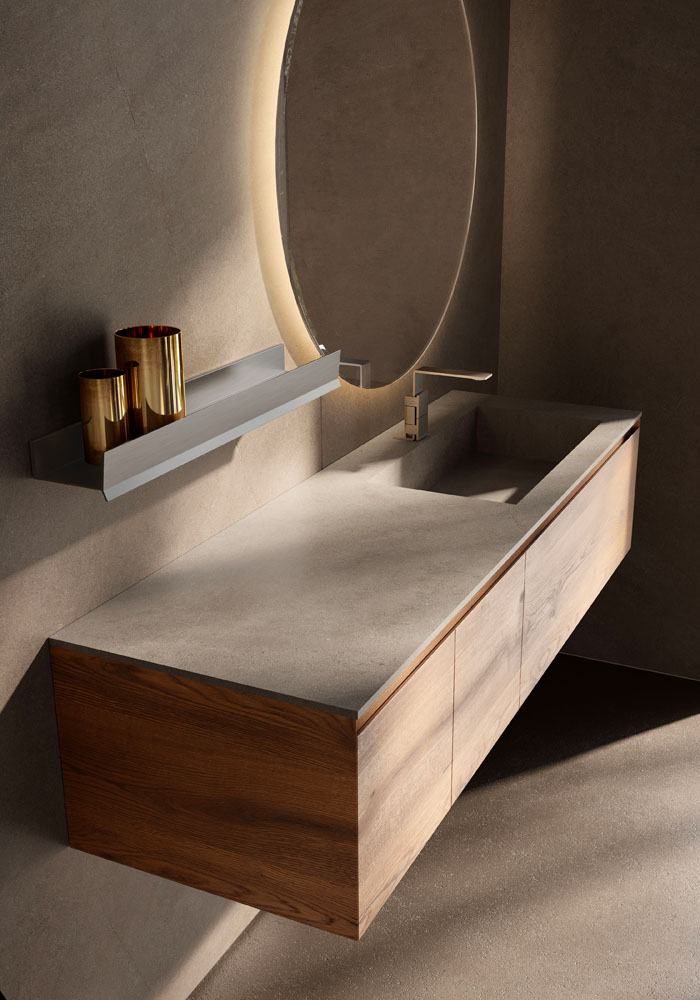
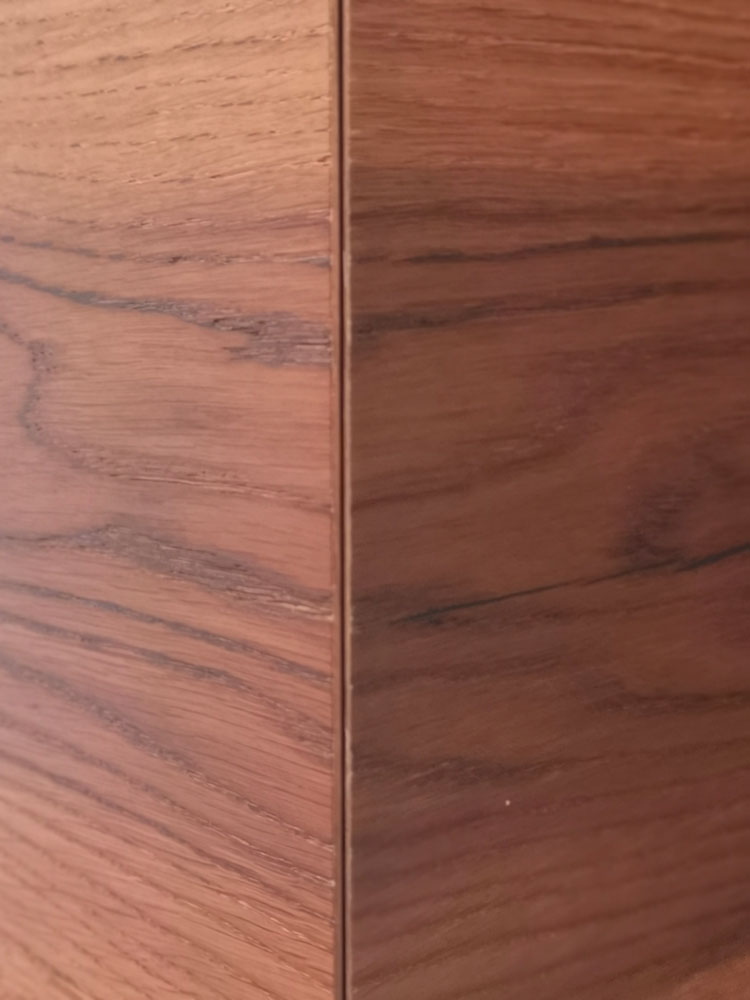
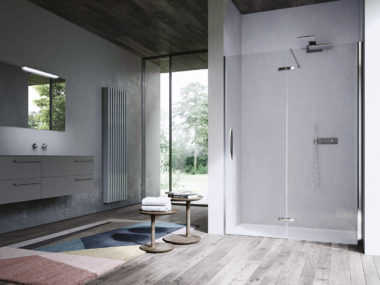






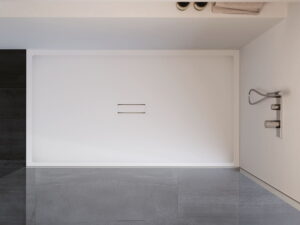
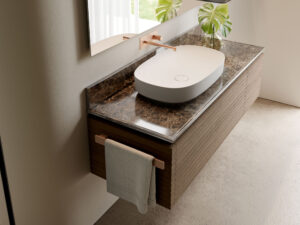

 Necessari
Necessari
 Funzionali
Funzionali
 Statistiche
Statistiche Marketing
Marketing
2 comments
Beautiful post… Thanks for sharing.
Dear,
thanks for your message.
Join our lively world and subscribe to our newsletter for receiving regular updates about our initiatives.
Keep following us!
Comments are closed.